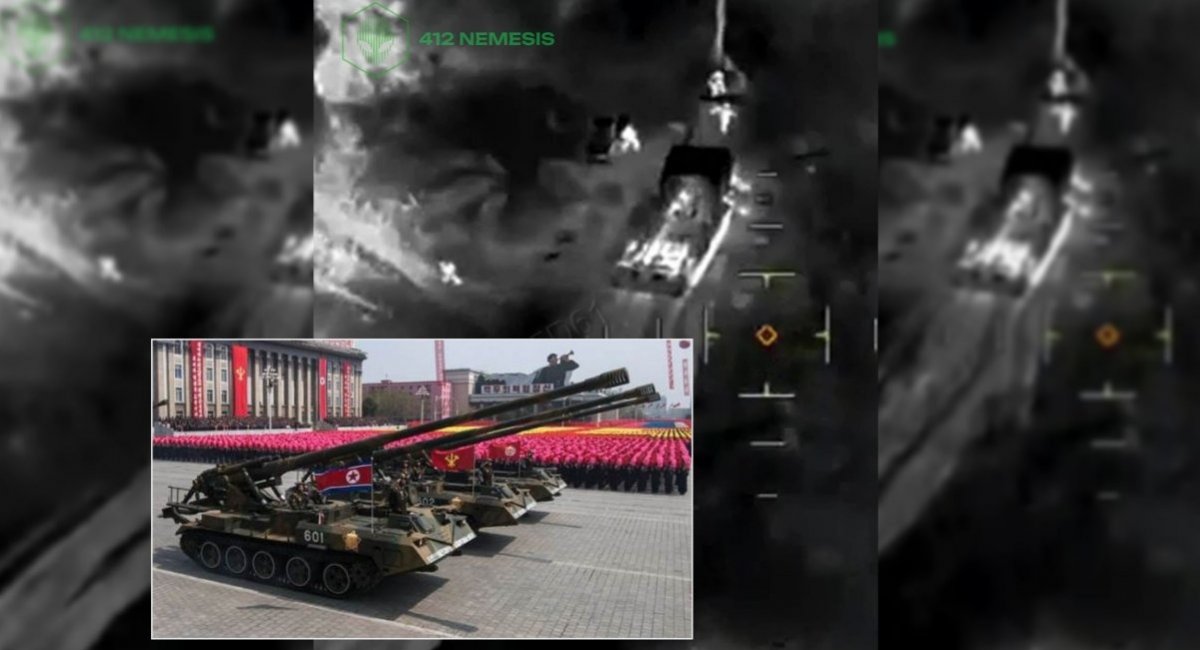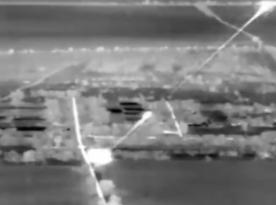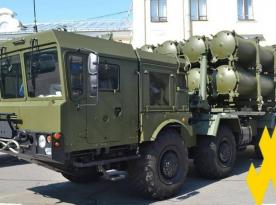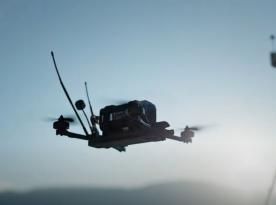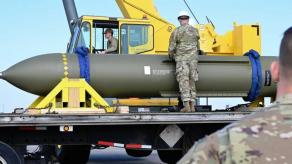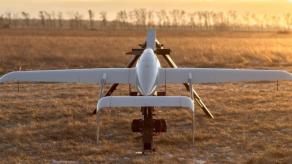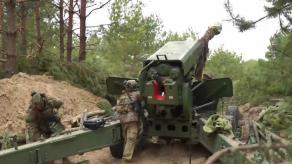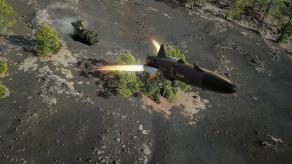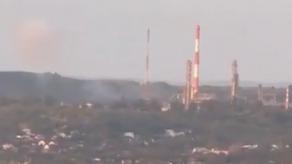First destruction of a North Korean M-1989 Koksan apparently took place in Ukraine, just weeks after they were confirmed to finally arrive in the warzone early January. The unique casualty is evidenced by a video the 412th Separate Unmanned Systems Battalion NEMESIS has published on social media.
The footage depicts a bomber drone attack on a russian artillery system, with several indications allowing to identify the target as the North Korean Koksan howitzer. Given the video was filmed by a thermal camera, the mission was likely carried out at night, in the eastern Luhansk Region of Ukraine.
Read more: North Korean 170mm Koksan Self-Propelled Guns Reach russia-Ukraine War Frontline (Video)
Characteristic features pointing to the Koksan are the gun travel lock and the barrel itself which varies in width and has a distinguishable muzzle break, highlighted by the battalion's press service.
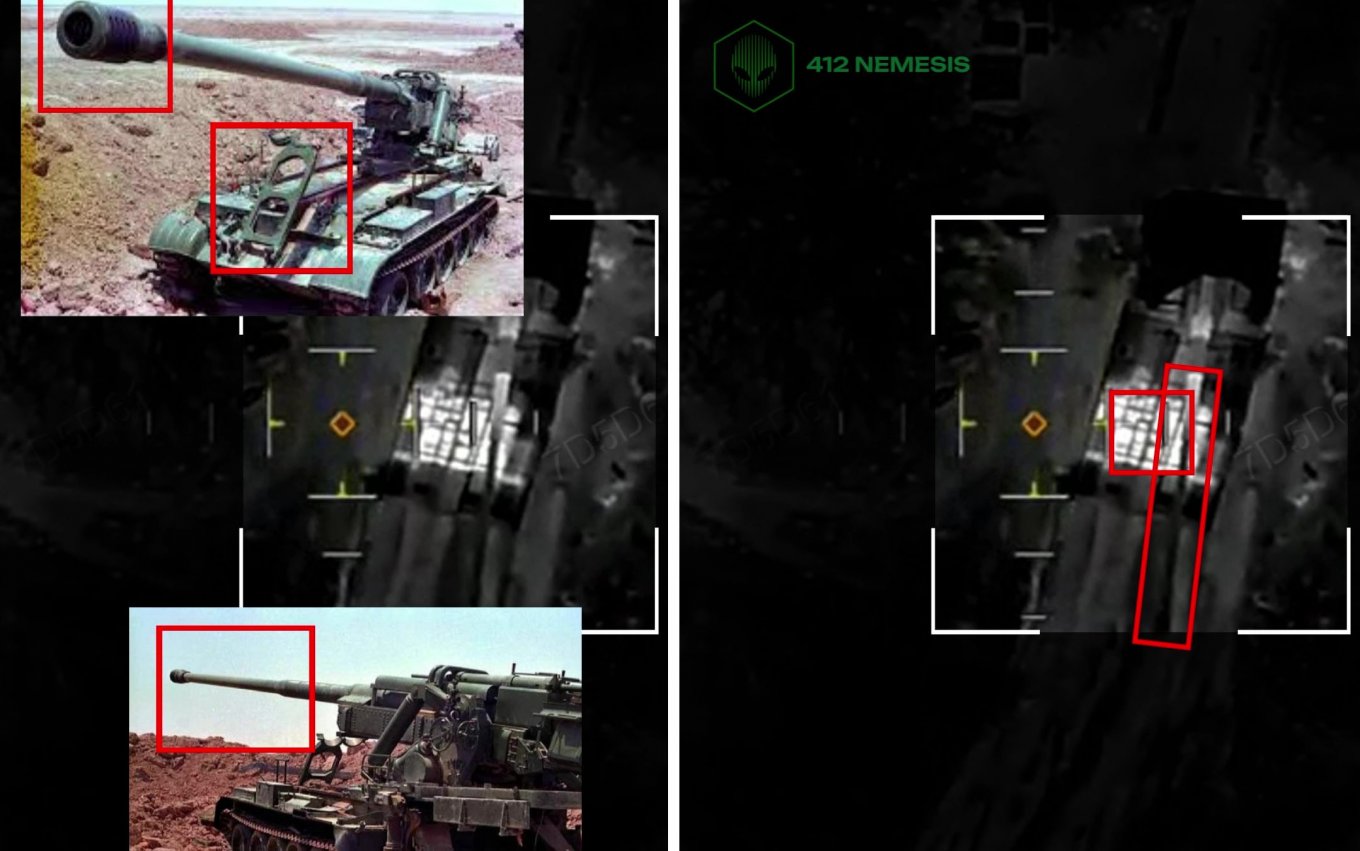
Defense Express adds, there is one more noticeable detail, known thanks to the multiple photos of M-1989 Koksan howitzers traveling by rail across russia. Namely, it's the commander's and driver's hatches in the head of the system facing forward. In the night camera view, they look like black (i.e. cold) rectangles.
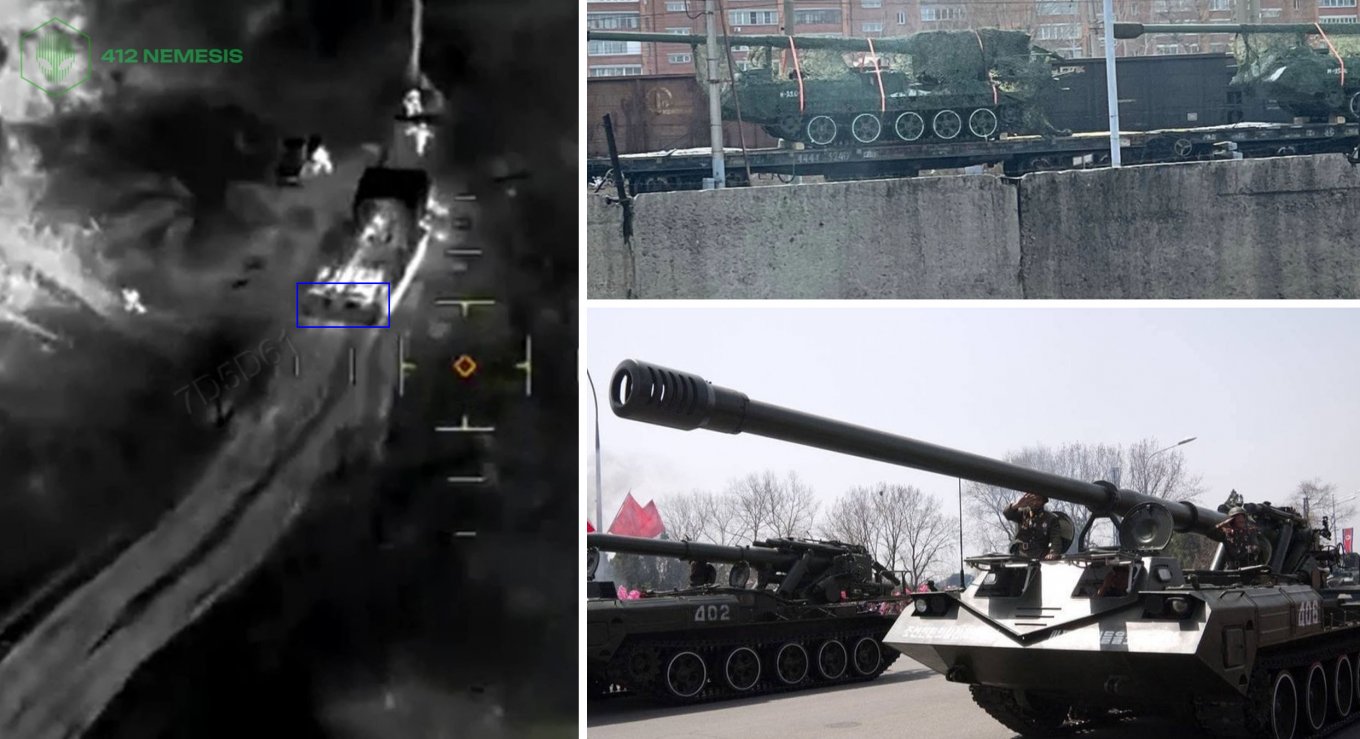
Noteworthy, the artillery system took a hit to the motor compartment, meaning probable damage to the engine. Fragments could also affect the barrel with a non-standard bore caliber 170mm, thus necessitating a long trip back to DPRK for repairs.
In general, this episode reveals a number of its shortcomings the M-1989 howitzer has. An obvious one is that Koksan is an open-air artillery system without an armored capsule making it an easy target for weaponized drones, as it has many openings that cannot be covered by the traditional russian cage armor. Also, its chassis, based on the Chinese Type 59 tank (copied from the Soviet T-54), has relatively low mobility.
Earlier Defense Express revisited the origin of the unique 170-mm caliber Koksan with roots stemming from Nazi Germany. Despite the declared firing range of 60 km, this self-propelled gun can only achieve it by using rocket-assisted projectiles, which have never been widespread and have never provided appropriate levels of accuracy.
As for the number of systems, the Defense Intelligence of Ukraine states that russia has received 120 Koksan SPGs and is waiting for the delivery of another 120 units in 2025.
Read more: russia Increasingly Dependent on North Korean Artillery Supplies




